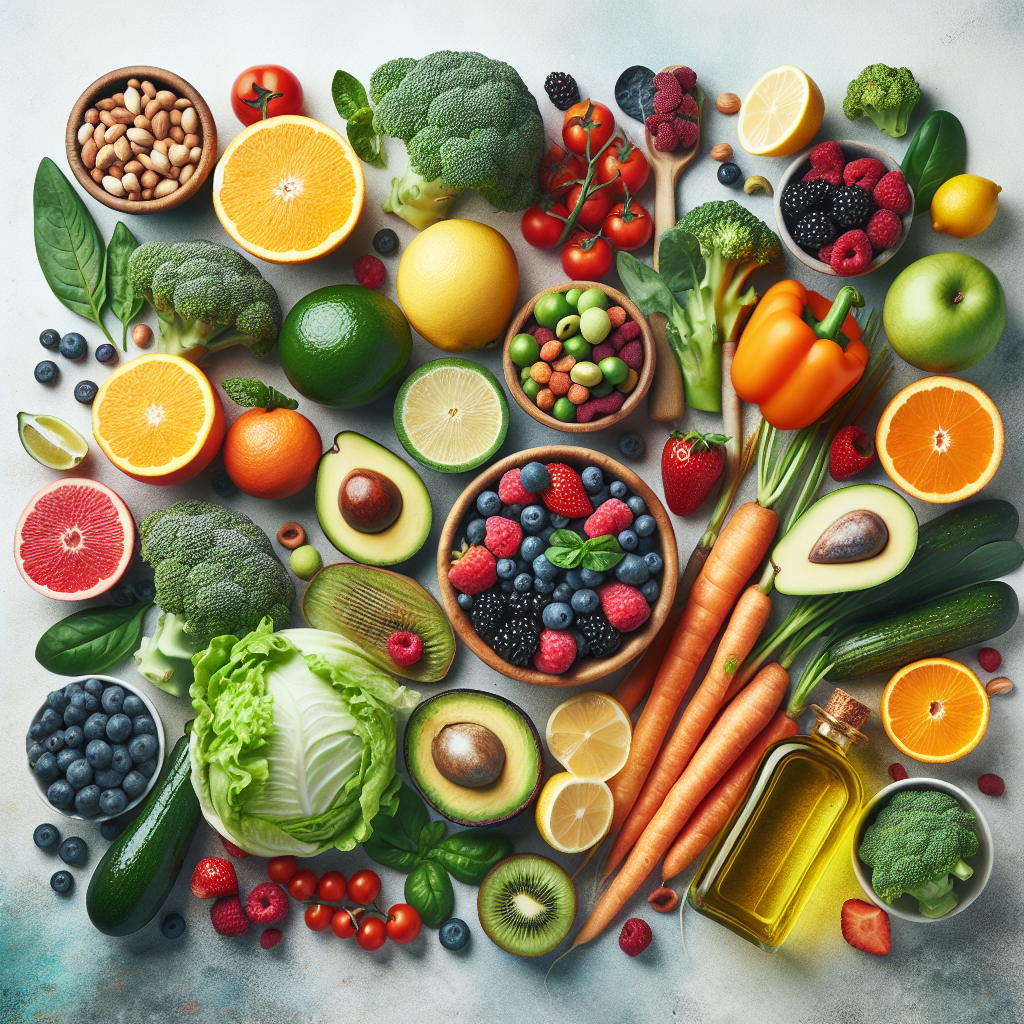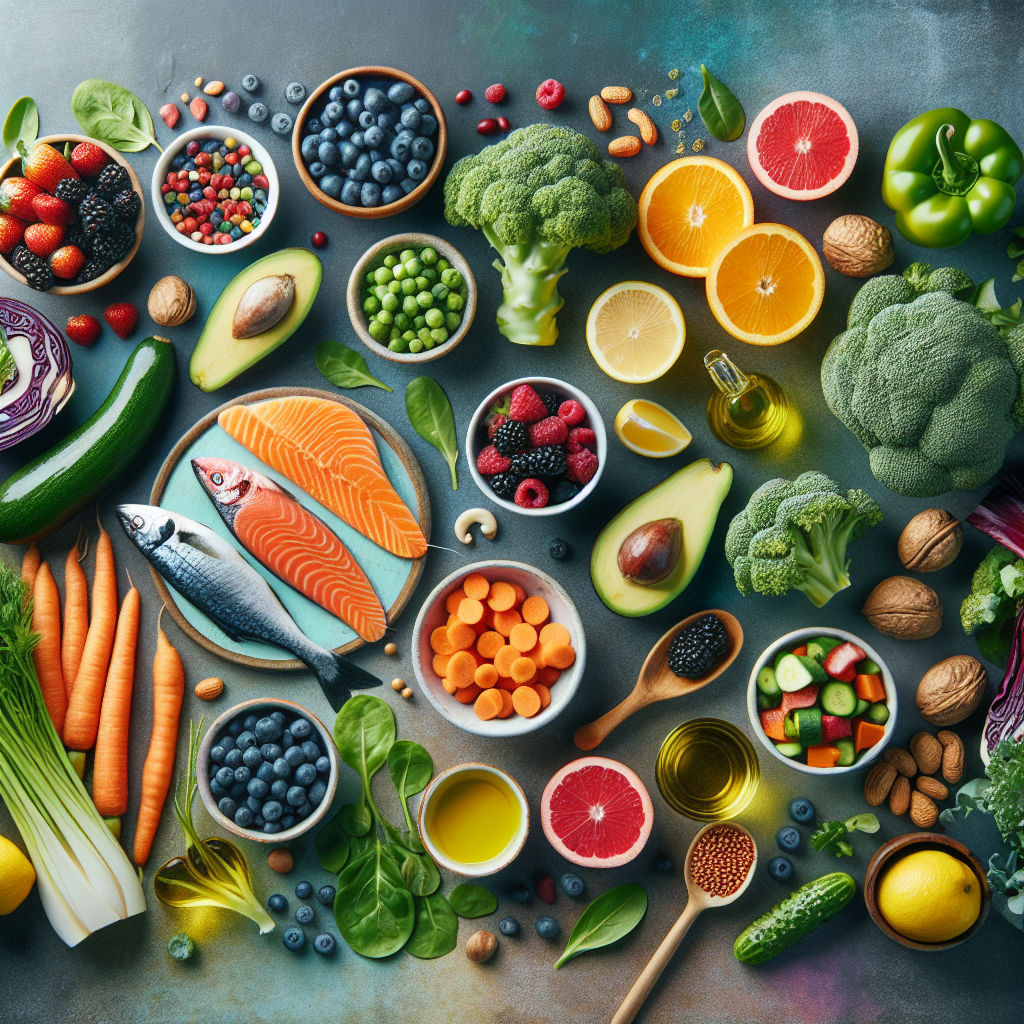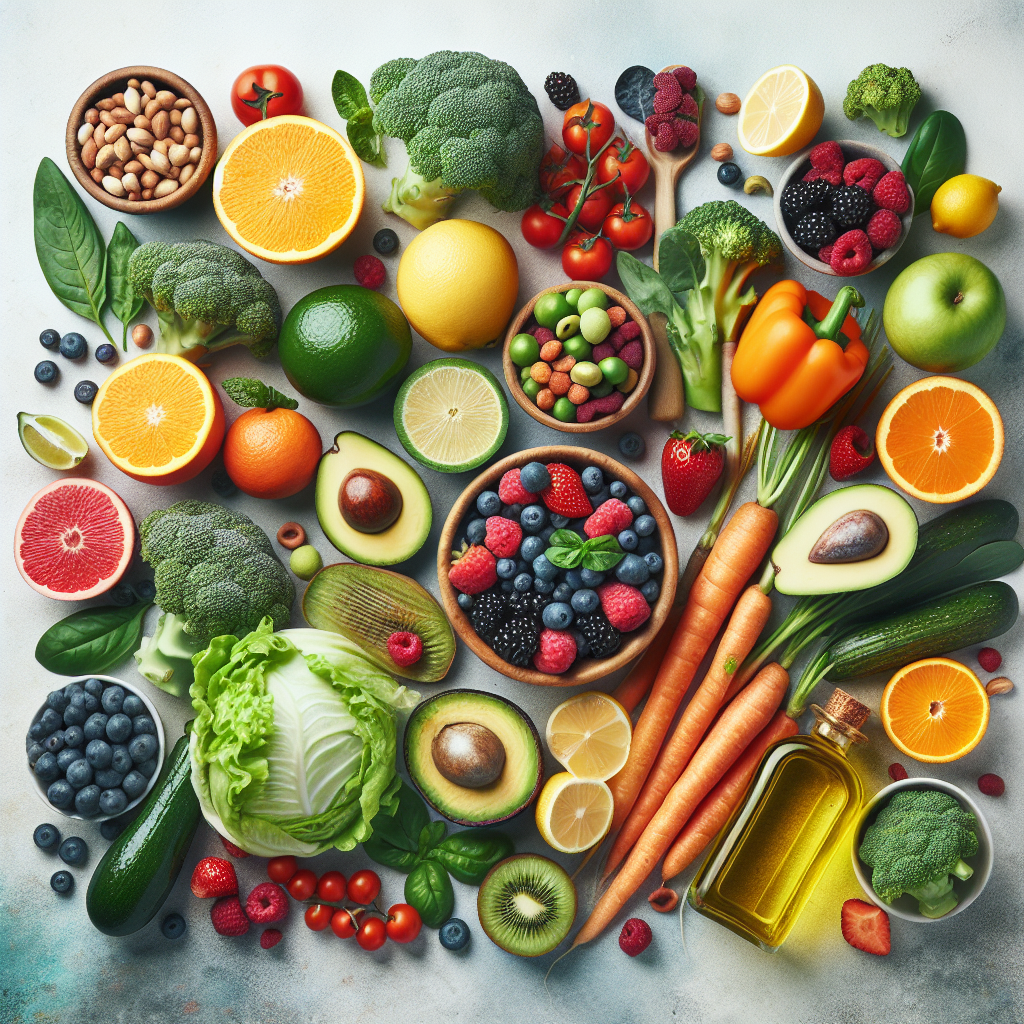Embarking on a lectin-free diet can seem daunting, especially when it feels like you have to give up many of the foods you love. But hold onto your forks because this article, “Recommended Foods for a Lectin-Free Diet,” reveals an array of delicious, nutrient-dense foods you can enjoy without stressing over lectin content. From hearty proteins to vibrant veggies, you’ll be surprised at how diverse and tasty your meals can still be!
Recommended Foods for a Lectin-Free Diet
You’re probably wondering what this newly trending lectin-free diet is all about. You hear it tossed around in health-conscious circles and it’s been making waves in the wellness tribe. Here is what you need to know.

What is a Lectin-Free Diet?
A lectin-free diet, quite simply, is a diet plan restricts or eliminates any consumption of lectins- a type of protein found in many types of food but primarily in legumes, whole grains and nightshade vegetables. Though they’re naturally occurring, some research suggests that some people may have a sensitivity to them which may lead to inflammation and other health complications. Hence, by adopting a lectin-free diet, your body could potentially react better to your nutritional intake.
Why Follow a Lectin-Free Diet?
The crux of a lectin-free diet is the notion that lectins, to put it simply, can be hard to digest and can cause your gut lining to become irritated. This can lead to a host of health problems from inflammation and weight gain to autoimmune disorders. By removing them from your diet, you’re helping to protect your gut health and ward off potential health risks.
Foods to Include in a Lectin-Free Diet
Wondering what you can actually eat on a lectin-free diet? Here’s a comprehensive rundown.
1. Vegetables
Not all vegetables are created equal when it comes to this diet. Opt for veggies that are low in lectins, like leafy greens (spinach, kale, and lettuce), cruciferous vegetables (broccoli, cabbage, cauliflower, and Brussels sprouts) and other veggies like onions, mushrooms, celery, and asparagus.
2. Fruits
In-season fruits that are ripe are less likely to contain high amounts of lectins. Avocado, cherries, cranberries, kiwi, pineapple, plums, and raspberries are among your safe bets.
3. Legumes
Most legumes are high in lectins. However, if you soak and cook them properly, they can still be part of your lectin-free diet. Opt for pressure-cooked lentils and beans.
4. Grains
Millet and sorghum are preferred grains since they have low lectin content. White rice is also an option since the hull, which contains the majority of the lectin, is removed.
5. Nuts and Seeds
Flaxseeds, sesame seeds, and hemp seeds are low in lectins, as are nuts like pecans, walnuts, and macadamia nuts.
6. Meats and Seafood
Go for pasture-raised, grass-fed meats and wild-caught seafood. They’re not only delicious, but they typically have lower lectin content compared to their grain-fed counterparts.
7. Dairy Products
A2 milk, butter, and cream from grass-fed cows, and dairy from sheep or goats are better options in this diet.
8. Healthy Fats and Oils
Oils like extra virgin olive oil, coconut oil, and avocado oil are all acceptable on a lectin-free diet, along with fats from free-range or pastured meats or dairy.
9. Beverages
Stick with water, herbal teas, and white/green tea, as they do not contain lectins.

Foods to Avoid on a Lectin-Free Diet
Just as there are foods to include, there are also foods to avoid when following a lectin-free diet.
1. Nightshade Vegetables
These include tomatoes, potatoes, and eggplant. They’re rich in lectins which could potentially cause problems for your gut health.
2. Grains and Pseudograins
Most grains contain some amount of lectin. This includes wheat, barley, and oats. These should be avoided.
3. Legumes
Specific types of beans, lentils, peanuts, and soy products are high in lectins and are best kept off your plate.
4. Dairy Products
High-lectin dairy products to avoid include A1 milk, cheese, and yogurt from grain-fed cows.
5. Added Sugars
Again, inflammation is a key concern when it comes to lectins. Added sugars can also lead to inflammation, so it’s best to steer clear of them.
6. Processed Foods
Most processed foods contain lectins. Keeping your diet clean, whole, and fresh helps to cut back on unwanted lectins.
7. High-Lectin Meats and Seafood
Be wary of meats and seafood that are grain-fed as they can have a higher lectin content.
8. Certain Fruits and Vegetables
Fruits like unripe bananas and vegetables like squashes can be high in lectins, so it’s best to avoid these as well.
9. Fats with High Omega-6 Content
Overdoing it on Omega-6 fatty acids can lead to inflammation, so try to avoid fats like vegetable oils, corn oil, and soy oil.
Tips for Following a Lectin-Free Diet
Begin your dining by opting for fresh fruits, vegetables, and proteins that are seen on the “safe” list above. Make sure to prepare your grains and legumes properly to reduce their lectin content. Pair these picks with good fats and aim to avoid processed foods as much as you can.
Conclusion
Sticking to a lectin-free diet might not be easy initially, but with conscious food choices and smart cooking techniques, it might just help you feel better in the long run. Listen to your body and consult a dietitian to find out if this diet could work best for you. Eating should always be about nourishment and enjoyment rather than restrictions!
